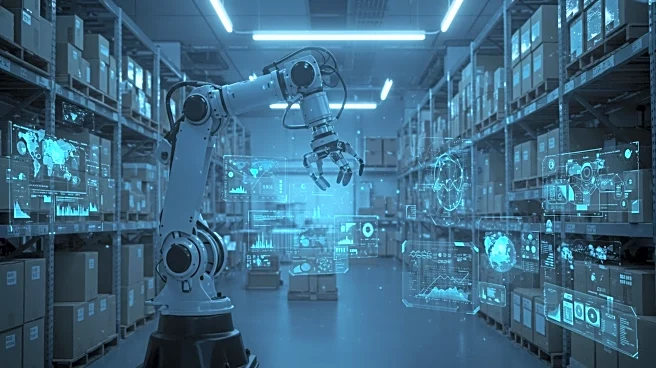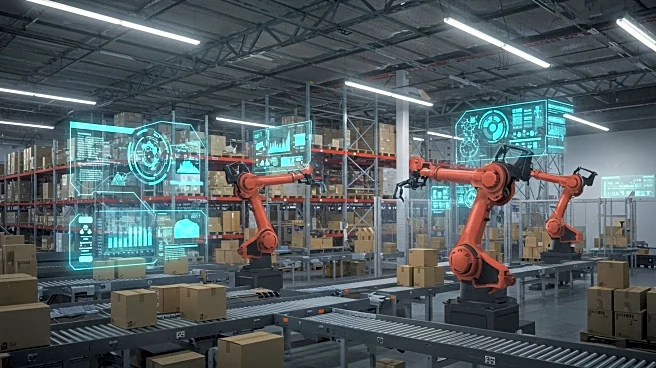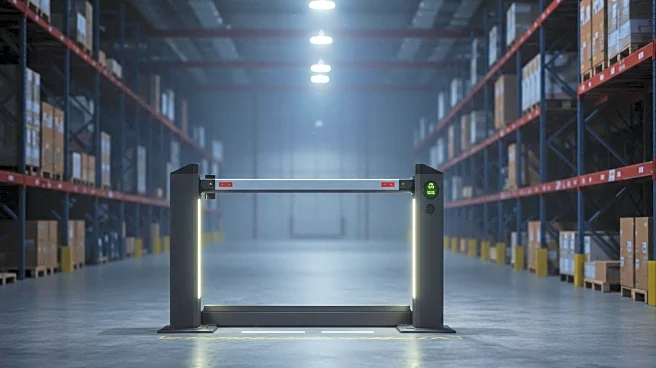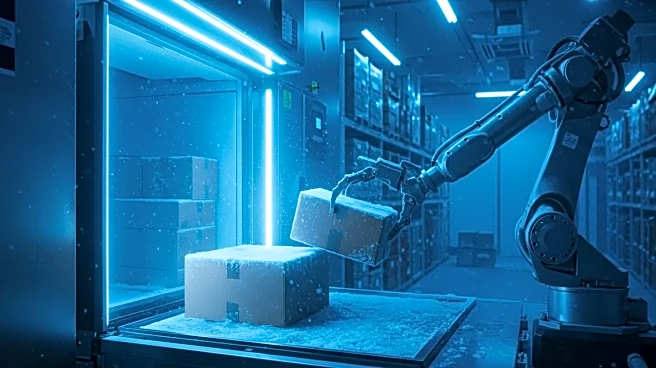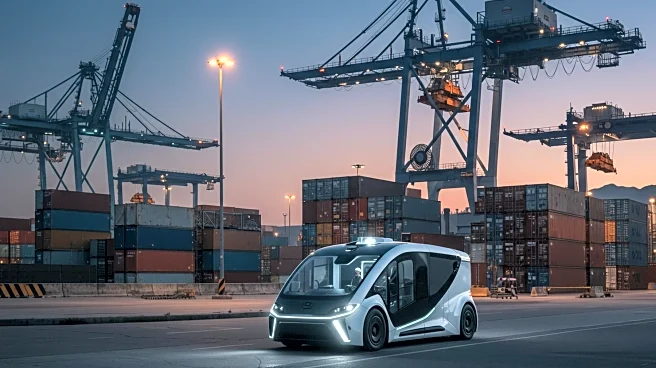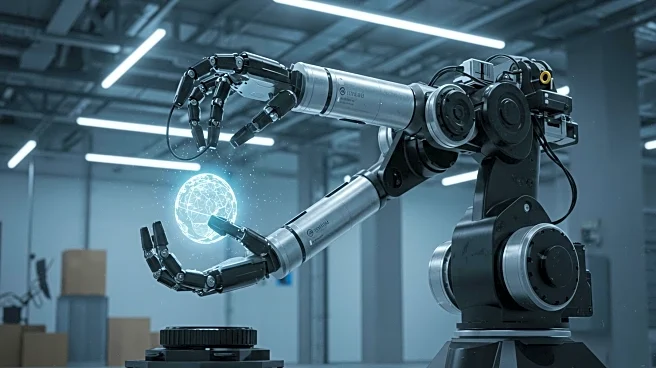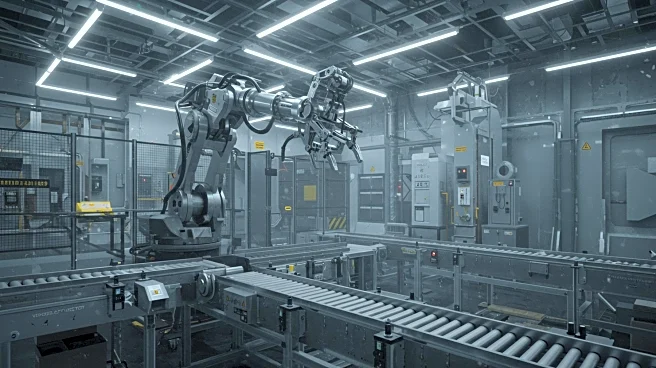Rapid Read • 8 min read
The landscape of warehouse automation is undergoing significant transformation due to advancements in robotics, artificial intelligence, and strategic mergers and acquisitions. Companies are increasingly integrating intelligent systems capable of decision-making, real-time adjustments, and seamless coordination across multiple processes. Autonomous Mobile Robots (AMRs) are redefining warehouse operations by providing flexible, intelligent movement of goods, enhancing productivity through flexible navigation, labor efficiency, and scalable deployment. IoT and sensor integration are enabling warehouses to collect and share data, supporting predictive maintenance and improving visibility for managers. AI-powered inventory management is enhancing accuracy and adaptability, allowing for better demand forecasting, real-time tracking, and optimized stock placement. Advanced Warehouse Management Systems (WMS) with cloud capabilities offer centralized access to data, scalability, and enhanced operational insight through advanced analytics.
AD
These emerging technologies are crucial for adapting to the growing consumer expectations and rapid e-commerce growth. By transforming warehouses into agile, data-driven environments, businesses can respond instantly to demand shifts and production needs, improving efficiency and performance. The integration of AMRs, IoT, AI, and cloud-based WMS platforms reduces costs, improves accuracy, and accelerates order fulfillment. Companies that adopt these innovations will be better equipped to meet the challenges of modern supply chains and customer expectations, ensuring sustainable growth and optimizing operational capacity.
As these technologies continue to evolve, businesses are likely to further integrate them into their operations, enhancing their ability to meet consumer demands and improve supply chain efficiency. The scalability of these systems allows for gradual integration, reducing upfront investment risks and enabling seamless adaptation to increasing demand. Companies may focus on expanding their use of AI and IoT for predictive maintenance and real-time data analysis, further optimizing their operations.
The integration of these technologies raises ethical and legal considerations, particularly regarding data privacy and the impact on employment. As automation takes over repetitive tasks, there may be shifts in workforce dynamics, requiring new skills and training for employees. Additionally, the reliance on data-driven systems necessitates robust cybersecurity measures to protect sensitive information.
AD
More Stories You Might Enjoy
